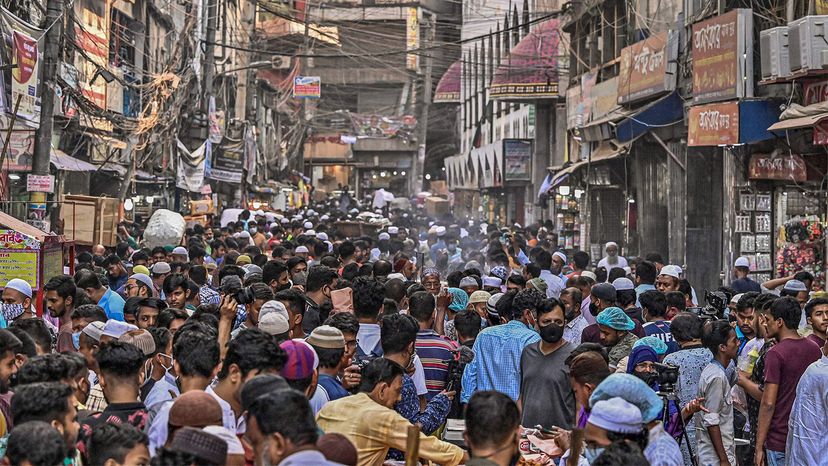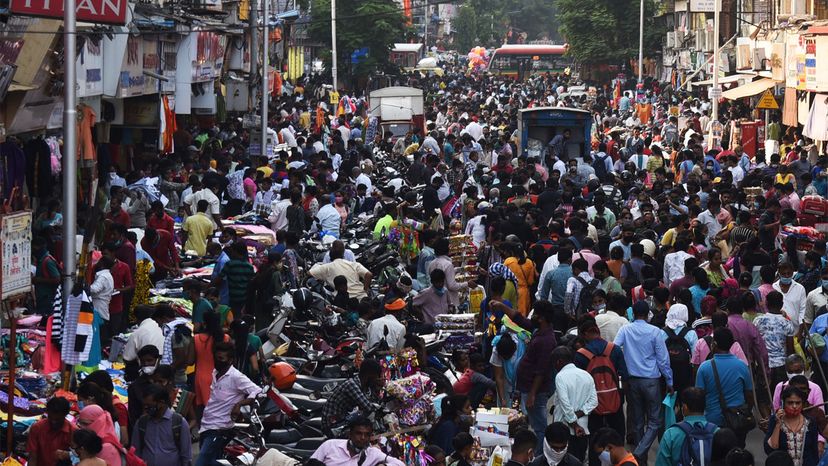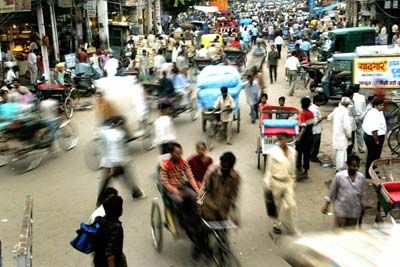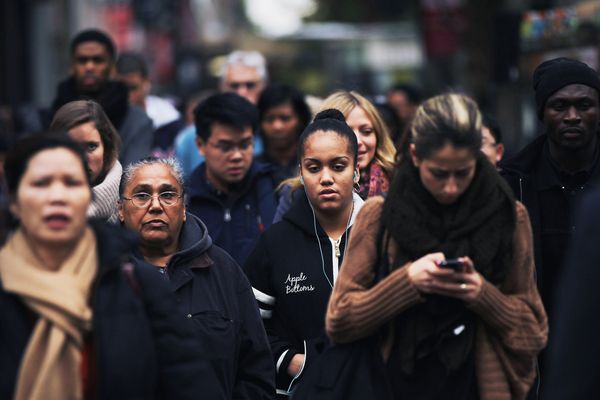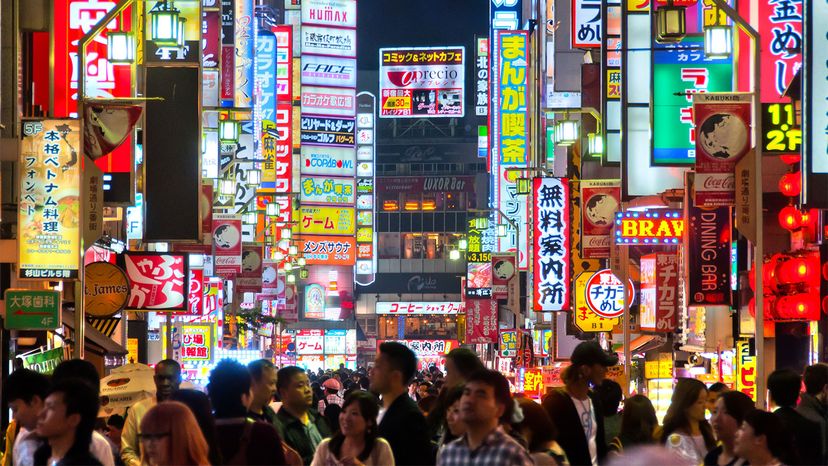
There are now an estimated 8 billion people inhabiting this Big Blue Marble and that's with our global population growing at its slowest rate since 1950. The majority of the world's population — 56.2 percent — live in an urban area, and by 2030 that number is expected to increase to 70 percent of the world's population.
But what is the single largest city in the world by population?
Advertisement
To answer this, we need to look at the world population and its relationship with "megacities." According to the United Nations, a megacity has a population of 10 million or more. Currently, there are fewer than 37 megacities in the world, with that number expected to rise to 41 by the year 2030.
